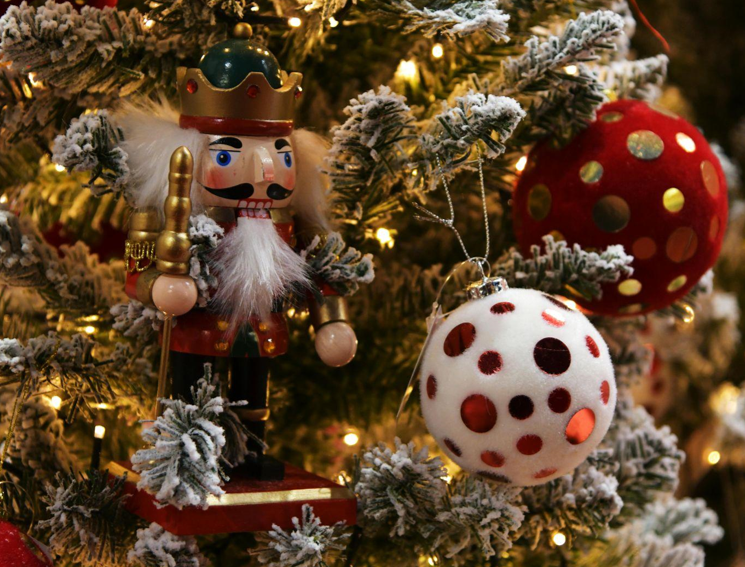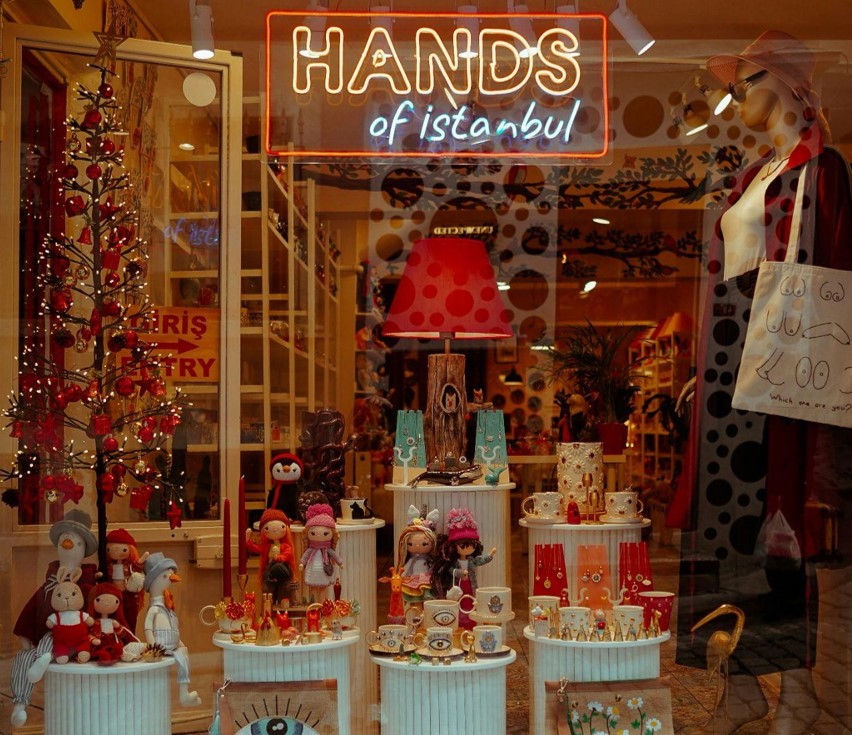What is Flocking and Why Did Medieval Royalty Do It?
You may have heard of flocking before – it’s a decorative technique where artificial snow or glitter is applied to surfaces to give them a frosty, wintry look. But did you know that flocking Christmas trees dates back to medieval times? Specifically, it was a practice among European royalty. Back then, a “flocked” tree symbolized wealth and status – only the wealthiest and most powerful families could afford to have their trees covered in white.
At that time, cheap Christmas trees were seen as a symbol of the winter solstice – a necessary time of renewal and regeneration. Adding “snow” or “frost” to the tree was meant to symbolize the winter season and the rebirth of nature in the spring. And, as with many things in medieval times, the more extravagant and luxurious the celebration, the higher the social standing of the host.
The Evolution of Flocking
Over time, the tradition of flocking Christmas trees spread beyond the royal courts and became more accessible to the broader population. But in the mid-20th century, flocking became a common practice in the United States.
The trend began in California in the 1950s, when it was popular among wealthy individuals who wanted their trees to stand out. As more and more people started flocking their trees, the practice became more affordable and accessible. Today, you can even buy pre-flocked Christmas trees or purchase flocking kits to do it yourself at home.
But why do people still flock trees in the 21st century? Many see it as a way to add a unique touch to their holiday décor, while others love the snowy, wintery look it creates. And while flocking may have originated as a symbol of wealth and status, it’s now something anyone can enjoy – regardless of budget or social class.
In conclusion, flocking Christmas trees has a long and exciting history. From medieval royalty to mid-century California trendsetters, flocking has evolved to become a beloved holiday practice enjoyed by people worldwide. So the next time you see a flocked tree, remember its rich history and its surprising connection to medieval times and royalty.



